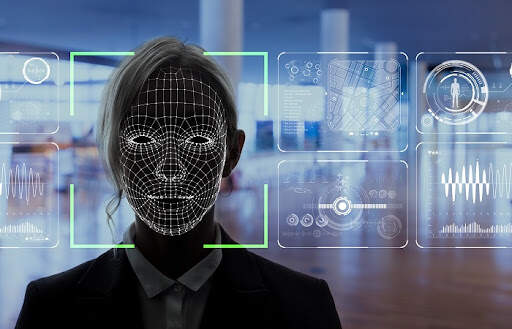Lỗi định dạng email
emailCannotEmpty
emailDoesExist
pwdLetterLimtTip
inconsistentPwd
pwdLetterLimtTip
inconsistentPwd

Facial Biometric Wholesale,Supplier,Oem,Factory,Exporter
With the development of biometric technology, facial biometric start to enter our daily life for example facial lock and facial payment. This technology has brought a great convenient for our daily life. For example, we can open our phone by scanning your face. And today we are going to introduce the working principle of facial biometric technology.

Preprocess
Face image pretreatment mainly includes noise elimination, gray level normalization, geometric correction, etc., these operations generally have ready-made algorithms can be realized, belongs to the more basic operation. But be sure, here basically is static face image preprocessing, if it is a dynamic face image preprocessing, is more complicated, usually want to dynamic face first into a set of static facial image, image segmentation and edge detection was carried out on the face and positioning, doing a series of processing, it is not opened.
Feature extraction
The extraction of image features is a relatively key step (the step from pattern space to feature space mentioned above), but it is also a relatively primary step for image processing. At present about image feature extraction method are many, but actually we think of it, usually the characteristics of the image can be classified, such as color feature, texture feature, spatial relations features, shape, etc., each kind of characteristic has a matching method, some of the more classic, use method, HOG feature method, for example, LBP feature method, Haar feature method, xiaobian of course, it is impossible to explain one by one, so I choose one of them -- HOG feature method.
HOG feature, also called directional gradient histogram, was proposed by Navneet Dalal and Bill Triggs in a doctoral dissertation in 2005. Let's see how it works in a nutshell.
Image identification
Facial biometric technology after years of research and development by scientists, has formed a variety of research directions and more research methods, if we sort out, mainly including geometric feature based method, template based method, model based method and other methods.
The method based on geometric features is a relatively early, traditional method, it is mainly to study the geometric description of the shape and structure relationship of human face eyes, nose and other organs, as an important feature of face recognition.
The basic idea of template-based methods is to compare existing templates with regions of the same size in the image, including the method based on correlation matching, feature face method, linear discriminant analysis method, neural network method and so on.
The direction of the model-based method is to feature point location of the salient features of the face, and then carry on the coding of the face, and then use the corresponding model for processing to realize face recognition, such as hidden Markov model, active shape model and active appearance model.
In the field of face recognition, there are some classical algorithms, such as Eigenface, local binary pattern method, Fisherface, etc. However, IT house considers IT better to keep up with The Times, so we choose a popular and widely used method called OpenFace as an example. Of course, we don't do the actual test, just use it to understand how recognition works.
OpenFace is a model-based approach. It is an open source library that includes landmark, Head Pose, Actionunions, eye Gaze, and other features, as well as an open source face framework for training and detecting all source code.
In the previous steps, IT home has introduced how to extract the feature data of the face in the image through the method of HOG, that is, successfully detected the face.
Another problem is that the posture of the face does not seem to be so "straight". If the same person is in a different posture and face orientation, a human can still recognize her, while a computer may not.
To solve this problem, one way is to detect the feature points of the main features of the face, and then align the face according to these feature points. That's what Vahid Kazemi and Josephine Sullivan did in 2014. They chose 68 Landmarks for important parts of the face. The 68 Landmarks are fixed, so with a little training in the system, you can find them on any face.
Dongguan Xingyi Intelligent Technology Co.,Ltd is one of the leading facial biometric wholesale and supplier and OEM and factory and exporter in China, welcome to contact us;

